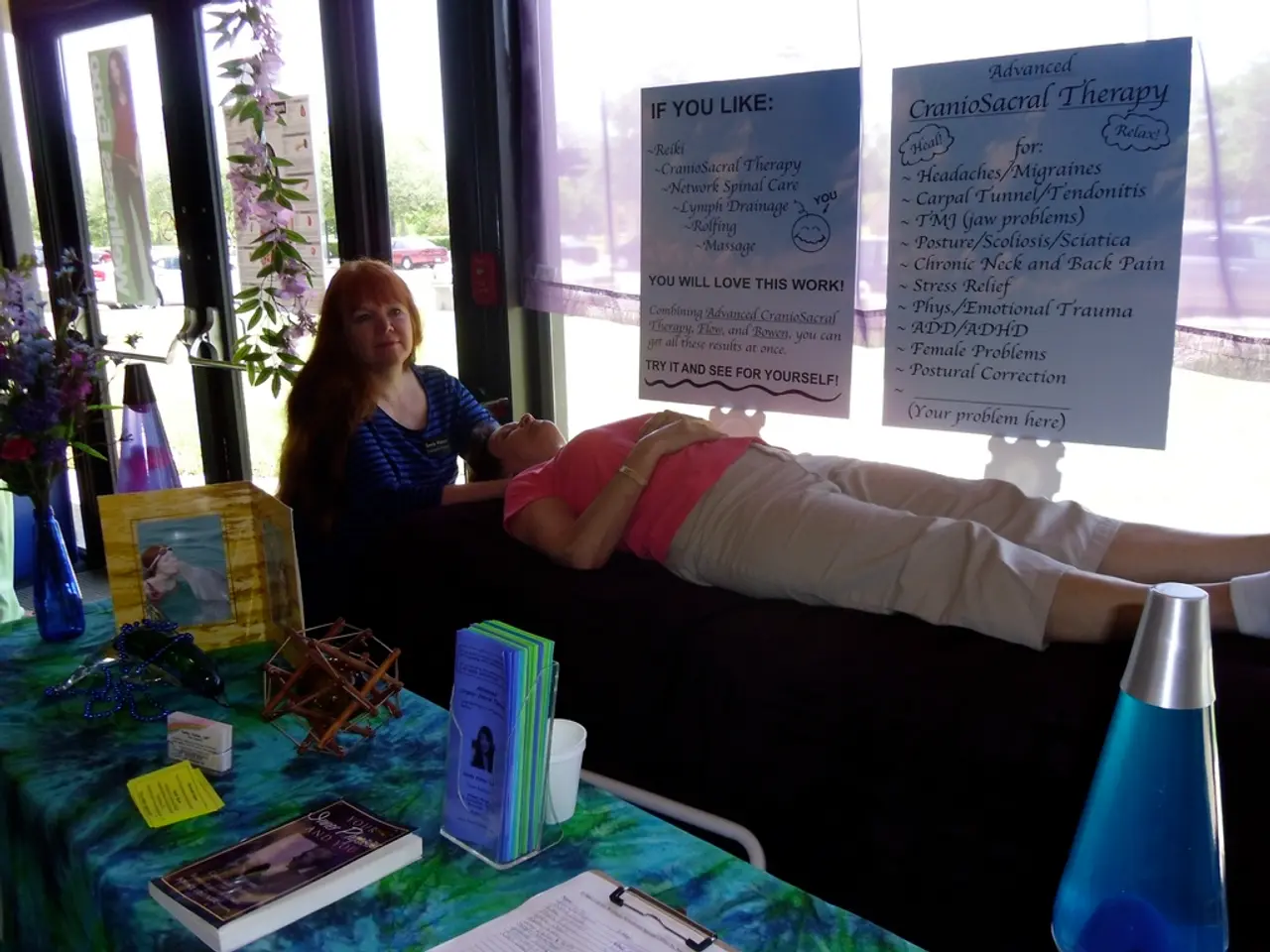Support for Suicide Survivors Continues after Tragedy Part 2/2
In the aftermath of a suicide loss, the daily routines that once seemed simple can become a challenge to maintain without adequate emotional support structures. This article outlines key strategies for building resilience and coping with complicated grief, a condition that affects a significant number of survivors.
Complicated grief often prolongs acute grief and prevents healing. It is characterised by intense and persistent feelings of pain, yearning, and emotional numbness. Survivors may experience guilt and responsibility, feeling they could have prevented the death. They may also harbour anger towards the deceased due to the pain caused by their death, or repress positive memories of the deceased as a means of coping.
Acknowledging and expressing these complex emotions is a crucial step in the healing process. Allowing oneself to experience feelings like guilt, anger, despair, confusion, and feelings of rejection without judgment facilitates emotional processing. Seeking social support and connection, by joining support groups or engaging with others who understand the specific challenges of suicide bereavement, can help reduce isolation and stigma.
Maintaining physical health and daily routines is also important. Regular sleep, nutrition, exercise, and engagement in meaningful hobbies can provide stability amidst grief. Employing creative outlets or tangible expressions, such as journaling, scrapbooking, or art, can externalise feelings and foster healing.
Accessing professional mental health interventions, such as cognitive-behavioral therapy (CBT) and complicated grief treatment, can help survivors work through acceptance of the loss and restoration of a fulfilling life, addressing prolonged or intense grief symptoms. Recognising and treating prolonged grief disorder (PGD) when grief symptoms persist intensely beyond typical timelines, often requiring specialized therapeutic approaches with CBT components, is essential.
Utilising suicide-specific resources, including suicide bereavement counseling and helplines, which address the stigma and unique grief aspects tied to suicide, can provide invaluable support. Early intervention can prevent harmful coping mechanisms from developing, and building resilience requires patience, compassion, and ongoing access to supportive resources.
In complicated grief, the pain of loss remains strong, and pervasive images of the death may occur. Occupational performance may decline as focus and motivation significantly decrease over time. Individuals with complicated grief may perceive life as empty and yearn to be with the deceased. Social relationships can suffer due to grief-induced withdrawal and isolation.
Individuals with complicated grief may also perceive abandonment from their loved ones due to cognitive distortions that focus on negative stimuli. Survivors of suicide may have an unresolved need to understand why the loved one ended their life.
These challenges notwithstanding, compassionate care combined with effective interventions fosters long-term healing and overall wellbeing for survivors. Recognising the warning signs of complicated grief enables timely help and promotes overall mental wellbeing. Together, these strategies create a comprehensive framework to build resilience and navigate the multifaceted grief experience following a suicide loss. Emotional honesty, support networks, healthy lifestyle habits, creative expression, and evidence-based therapy are pillars of effective coping in this context.
- Encouraging mental health interventions, such as cognitive-behavioral therapy (CBT) and complicated grief treatment, can aid survivors in working through their prolonged grief symptoms and restoring a fulfilling life.
- To foster long-term healing and overall wellbeing following a suicide loss, it's crucial to engage in evidence-based therapies, build support networks, and practice emotional honesty alongside health-and-wellness habits like regular sleep, nutrition, exercise, and creative expression.




